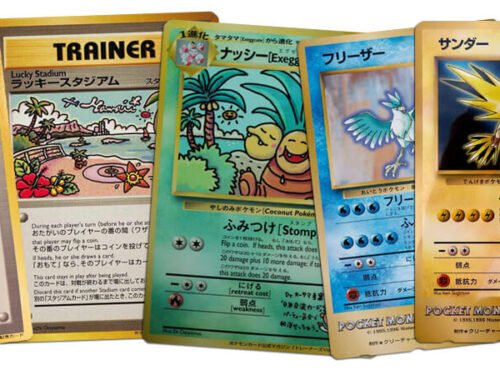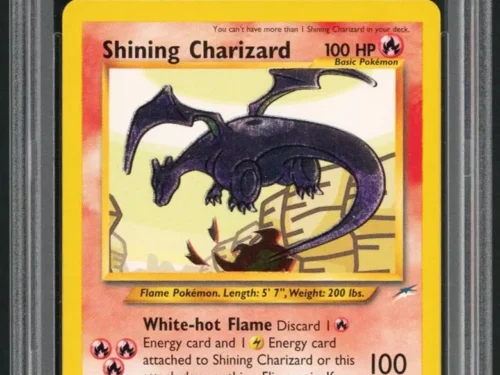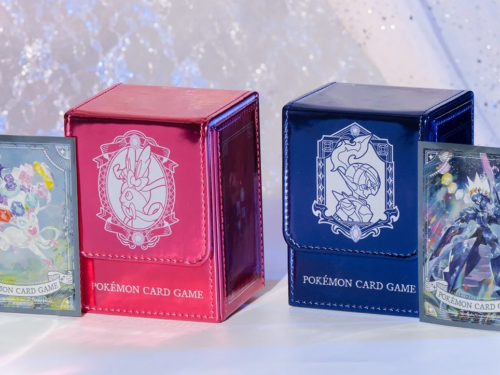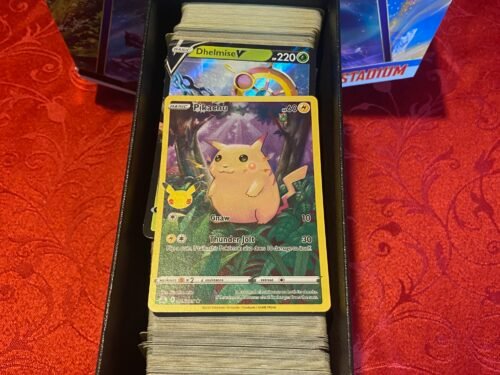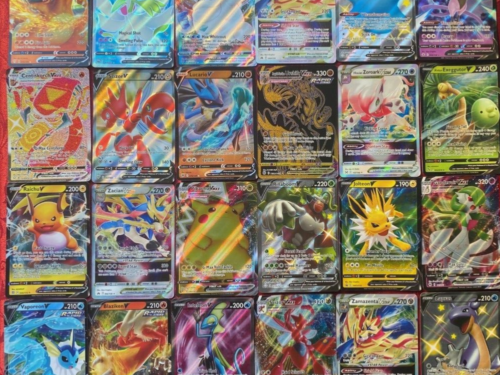
In the world of Pokémon, collecting cards is not just a hobby but a passion for many. Among collectors, some Pokémon cards hold immense value, both financially and sentimentally. But what makes a Pokémon card rare? Understanding the factors that contribute to a card’s rarity can help collectors make informed decisions and enhance their collections.
1. Limited Print Runs
One of the primary factors that contribute to the rarity of a Pokémon card is its limited print run. Cards that were produced in smaller quantities are often more sought after. For instance, cards from early sets, such as the Base Set, are considered rare because they had a smaller print run compared to more recent expansions. Limited edition releases, promotional cards, and special event cards often have a restricted number of copies, making them particularly valuable to collectors.
2. Card Condition
The condition of a Pokémon card plays a crucial role in its rarity. Cards are graded on their quality, and the most common grading scale used is the PSA (Professional Sports Authenticator) scale. Cards are rated from 1 to 10, with 10 being “Gem Mint.” Higher-graded cards, which are in pristine condition with no scratches, bends, or discoloration, are much rarer and thus more valuable. Collectors often seek out cards that are graded 9 or higher for their collections.
3. Card Edition and Print Variants
Certain editions and print variants of Pokémon cards are rarer than others. For example, first edition cards from the early sets are highly prized because they were the first to be printed. Additionally, holographic cards, error cards, and cards with misprints are considered rare. Misprints can include incorrect text, unusual artwork, or other anomalies that deviate from the standard print run. These variations are often sought after by advanced collectors.
4. Popularity and Demand
The popularity of a Pokémon card can significantly impact its rarity. Cards featuring iconic Pokémon like Charizard, Pikachu, or Mewtwo are always in high demand. The more popular a card is, the more collectors will seek it out, which can drive up its value. Additionally, cards related to specific events, such as tournament-winning decks or cards given out during special occasions, also tend to be more desirable and rare.
5. Age and Historical Significance
Older Pokémon cards, particularly those from the early days of the trading card game, are generally rarer. The historical significance of these cards adds to their allure. Cards from the original Base Set, released in the late 1990s, are considered vintage and are highly sought after. As the Pokémon TCG has evolved, older cards become more rare, contributing to their increased value.
6. Special Features and Rarity Indicators
Certain Pokémon cards come with unique features that make them stand out. These can include:
- Promotional Cards: Often distributed during special events or as part of promotional campaigns, these cards are limited in number and highly collectible.
- Alternate Art: Cards with alternate artwork or designs are less common and can be more valuable.
- Gold and Full-Art Cards: Cards that feature gold foil or full-art designs are rarer than standard cards.
A Pokémon card’s rarity is determined by several factors, including its limited print run, condition, edition, popularity, age, and special features. Whether you’re a seasoned collector or new to the hobby, recognising these elements can help you build a more valuable and exciting Pokémon card collection.

